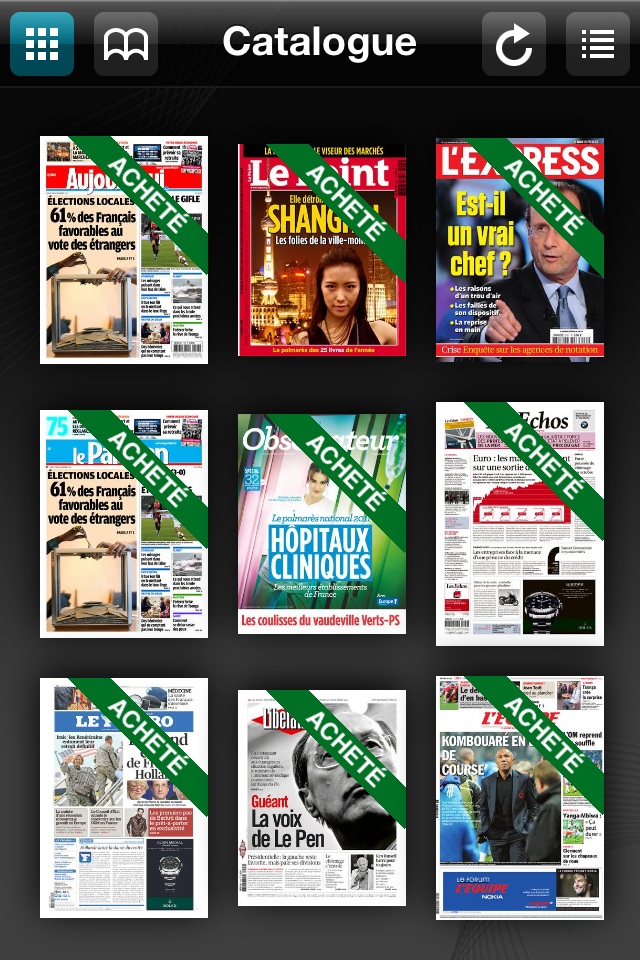Hacks/Hackers global coordinator and New York co-organiser Chrys Wu (@MacDiva on Twitter) spent an evening with Hacks/Hackers Brighton on Tuesday, 22 November to report on what chapters around the world have been doing.
She explained Hacks/Hackers started just 18 months ago, with an idea originating in mid-2009.
“Developers and journalists really do need each other,” Wu said, explaining how a variety of social meetups, talks, demo days and hackathons are the basis for the Hacks/Hackers community.
The groups work to “improve the practice of journalism through tools and technologies”.
She explained that there are now many chapters around the world, including about 20 in Africa, with one launching in Cairo soon.
A group has also started in Yerevan, Armenia, and has announced a hackathon with help from Microsoft.
And because “talking is good; making is better,” developers and journalists spend hack days together, such as at Hacks/Hackers Hacking, an event which took place at ONA11, the Online News Association conference held in Boston in September.
The ONA11 hack day included a project where a team of about 10 hacks and hackers who took up a challenge to help NPR’s Andy Carvin work out how to visualise data from around 85,000 tweets.
A journalist from La Nacion in Argentina also tasked a group with developing a way to process data from PDFs in order to better understand gas prices in the country.
Chrys, a coder as well as a journalist, has spent time at The Los Angeles Times, where she worked on the Pulitzer prize-winning series, Altered Oceans, CBS and The Washington Post, having been recruited to help develop content distribution strategy.
She works with Hacks/Hackers chapters worldwide to help them launch and sustain local communities interested in journalism and technology.
Developer Laurian Gridinoc (@gridinoc on Twitter) is one of the first five winners of a Knight-Mozilla fellowship and will spend 10 months embedded within the BBC newsroom to generate ideas, train colleagues and bridge the gap between technology and the news.
Laurian told Hacks/Hackers Brighton about the proposal that resulted in him securing a funded placement and discussed the types of projects he will be working on.
He said there were around 300 ideas submitted, with 60 getting through to the first round. Twenty projects were invited to attend a learning lab in Berlin, and 11 finalists presented to news partners. Just five were selected to become Knight-Mozilla fellows, with one each at the BBC, Al Jazeera English, the Guardian, Zeit Online and the Boston Globe.
Each news organisation had different aims and selected a hack/hacker with skills and ambitions that matched their plans.
Gridinoc, who proposed a collaborative storyboarding tool, will be “trying to enhance storytelling”, particularly in online video.
He will be addressing problems with Adobe Flash and will expanding possibilities by constantly asking the question “what if”: “What if there weren’t the constraints of time? What if there weren’t any constrains on platforms?” he said.
He will then use open source assets to create his own code, templates and prototypes, spending a maximum of two weeks on a project.
Laurian hinted the kind of interactives he might produce at the BBC, demonstrating Tangle.js, a JavaScript library that provides a simple API for “tangling up” the values in a document, allowing the reader to explore a document by changing the values using a slider and seeing the resulting values change. (See this Tangle template demonstration).
Laurian also shared his interesting career path. While studying medicine he co-founded a brand strategy and interactive consultancy in Romania. He then followed his interest in the semantic web through a masters in computational linguistics and research into semantic navigation at Knowledge Media Institute (Open University). For the past year he has been based in Birmingham, implementing applications using semantic web technologies at the technology innovation company Talis.
